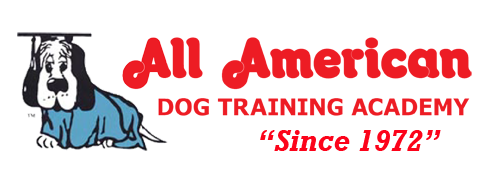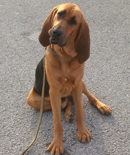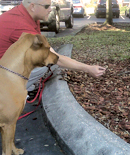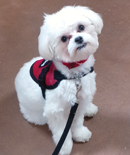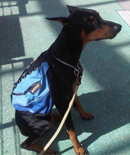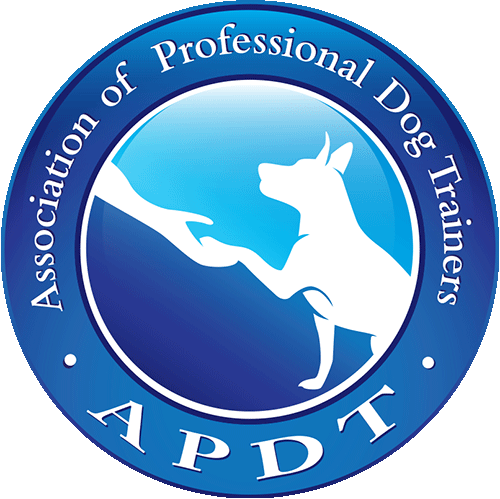For a Trainer's Evaluation Call:
Tampa: 813-685-6666
Pinellas: 727-446-2386
Polk: 863-949-0664
Manatee: 941-405-0046
& Surrounding Areas of Florida
Specialists in:
Housebreaking
All Phases of Obedience
Protection for Home/Business
Dog Psychology
Behavioral Problems

Training Collars
Let’s talk about training collars for a moment. There are several training collars that can help you in a training process. You have to decide what is good for you, your family and your pet based on a professional evaluation. A qualified trainer will be able to tell you and assist you what will work and what to stay away from. Training collars are intended to speed up the training process and solve behavioral problems and bad habits.
Using the right one could save your house from damages and your frustration level if used in a training program and advise from your trainer. There are lots of training apparatuses out there from the simple fixed collar to electronics. We are going to cover the basic or the more popular ones here and we did not cover every collar out there because simplicity is always the best way to go when training your animal. Here are some examples of collars that are used in training:
 Fixed Collars:
Fixed Collars:
It is really important that the fixed collar will fit comfortably on your dog's neck with some allowances of 2 to 3 inches to spare. A quick way to check is that you should be able to fit two fingers between your pet and the collar. Not all dogs have to be trained on a Slip collar or a prong collar. We train all types of dog from small to large on fixed collars.
 Head Collars/Gentle leaders
Head Collars/Gentle leaders
These collars can be used in a dog that already knows how to walk effectively but we do not use them very often. They do not provide enough control when dealing with a wild dog or a dog that pulls like he /she is on a sled team. Too much pulling or lunging may cause a neck injury. Also, you do have to be careful with proper fitment of the gentle leaders, if the collar is too tight around the nose of the dog the dog may not getting enough oxygen while walking.
 Choke Collars/Slip Collars:
Choke Collars/Slip Collars:
Unfortunately these are synonymous with choking the dog which is totally incorrect. The proper use of the choker is to have the collar completely loose at all times and only give a fast and efficient “snap” to get the dogs attention. When the chain pulls through the ring, it makes noise and it provides a small bite or pinch. It utilizes the pinch of a mother dog correcting the young. This provides an instructional correction for teaching the pup or dog. Proper use is necessary with any type of training collar. These collars are very effective if used properly and are a main staple in dog obedience.
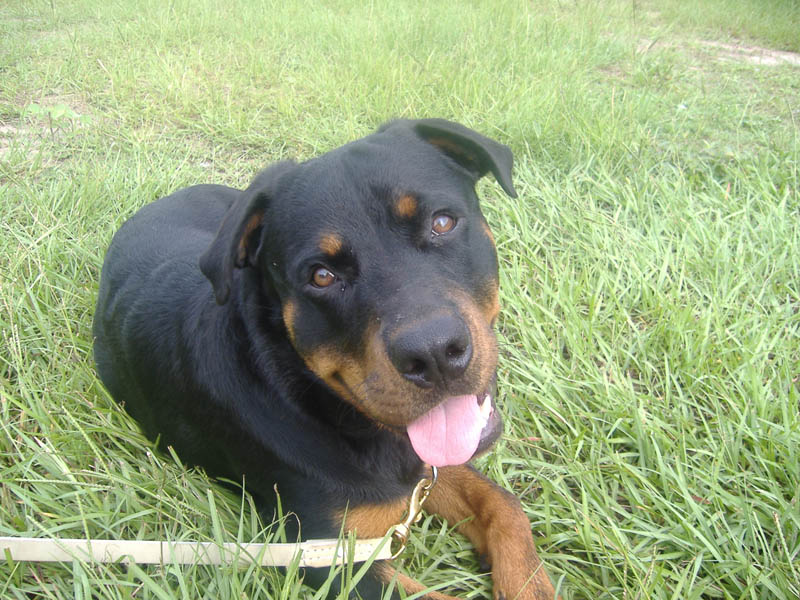
 Pronged/ Pinch Collars:
Pronged/ Pinch Collars:
These collars are effective for small size people who have very big, strong dogs and can really give you an edge over a really wild, misbehaving dog. They look more medieval then what they should, but they do work for equalization purposes. These collars produce an “Alpha” bite to your dog. This makes a big impression to your dog if used properly. We normally do not start right away with this collar. This should be used under the supervision of a trainer.
 Electronic Collars:
Electronic Collars:
Electronic collars have their place in the training world but should only be used when there is no other option or you are dealing with great distances within training (hunting or field training) your pet. They can be used for obedience problems but there are many more methods that should be done before you get to this method. There is no place for an owner to “shock” his/her dog just because it will not listen and the owner is looking for the fastest method possible. Dogs that have health problems or that are under 12 months old should never have an electronic collar used.
A dog training collar is like any other tool, in the right hands with the right methods, it can work wonders. Please consult a professional before you use any type of training collar to see which one is appropriate with your family and your pet. The main purpose of a dog training collar is not to hurt the animal, but to help you to speed up the process of training your dog.
Service Areas Include:
Tampa Dog Training Palm Harbor Dog Training Bloomingdale Dog Training Brandon Dog Training St Petersburg Dog Training
Boyette Dog Training Riverview Dog Training Fish Hawk Dog Training Apollo Beach Dog Training Clearwater Dog Training
South Tampa Dog Training Citrus Park Dog Training Dunedin Dog Training Cheval Dog Training New Port Richey Dog Training
Plant City Dog Training River Hills Dog Training Wesley Chapel Dog Training Bartow Dog Training LakeWood Ranch Dog Training
Lakeland Dog Training Oldsmar Dog Training New Tampa Dog Training Bradenton Dog Training Palmetto Dog Training
LakeWood Ranch Dog Training
Lakeland Dog Training
Oldsmar Dog Training
New Tampa Dog Training
Palm Harbor Dog Training
Bradenton Dog Training
Palmetto Dog Training - See more at: https://allamericandog.net/index.html#sthash.Y2QJqu70.dpuf
Copyright 2014
LakeWood Ranch Dog Training
Lakeland Dog Training
Oldsmar Dog Training
New Tampa Dog Training
Palm Harbor Dog Training
Bradenton Dog Training
Palmetto Dog Training - See more at: https://allamericandog.net/index.html#sthash.Y2QJqu70.dpuf
Copyright 2014
